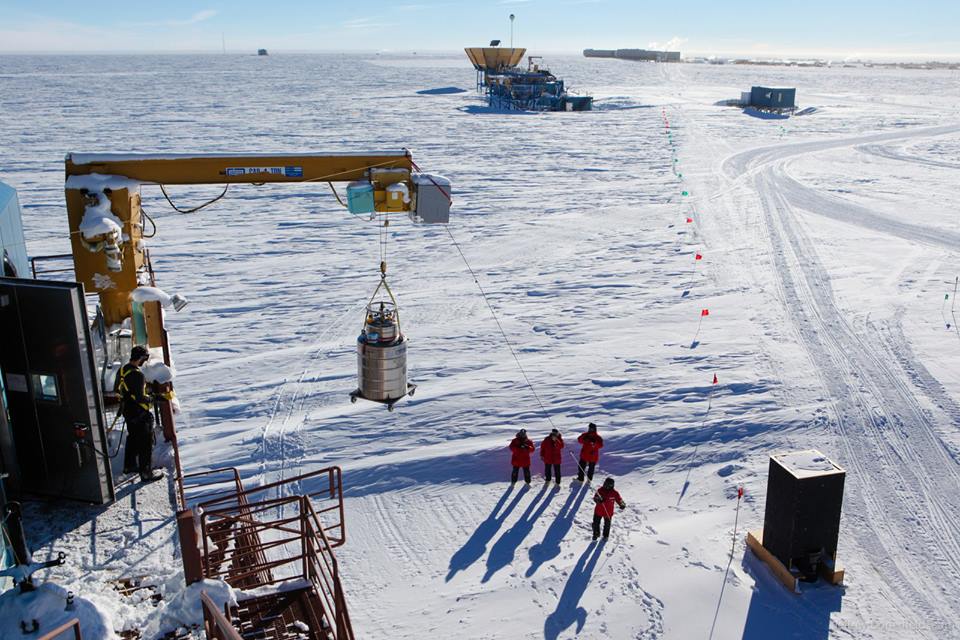We are very pleased to announce our B-mode spectrum results! The papers, data, and figures can be viewed and downloaded here:
http://bicepkeck.org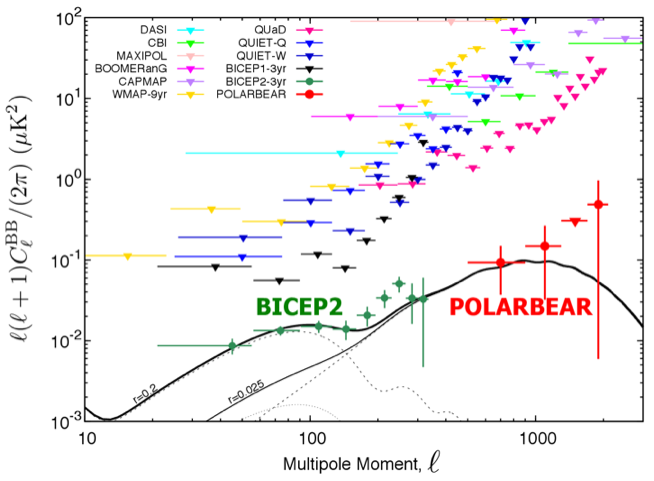
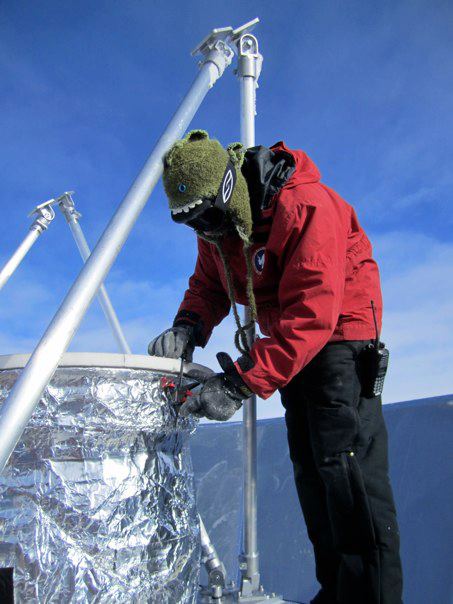
BICEP2 Science
BICEP2 has detected the B-mode polarization of the cosmic microwave background (CMB) at large angular scales. This polarization is consistent with that caused by gravitational waves predicted by Inflation.
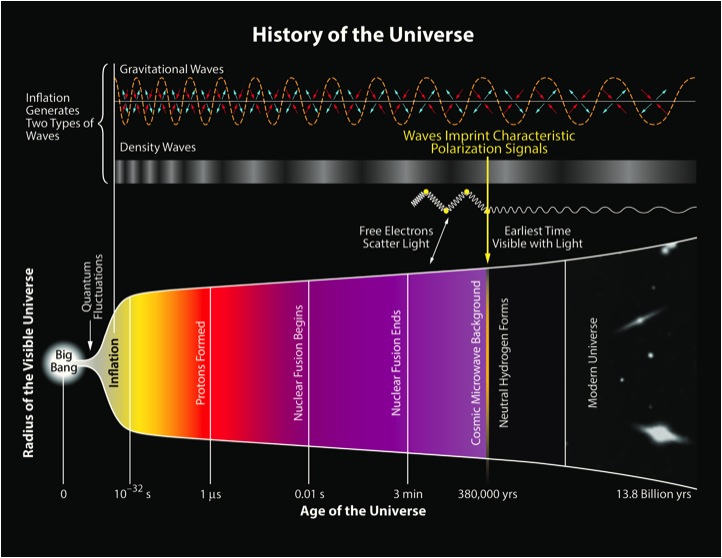
BICEP2 Telescope
The papers, data, and figures can be viewed and downloaded here:
For a more in-depth description of the BICEP2 instrument, please see this paper.
BICEP2 employs arrays of slot-dipole antennas coupled to low-temperature tranisiton edge sensor (TES) bolometers to detect the faint polarization signature of the cosmic microwave background. Shown here is the back side of the focal plane where the dipole arrays are visible.
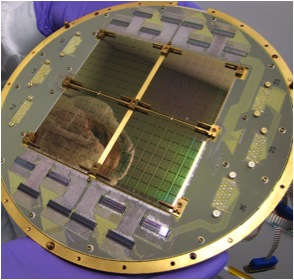
BICEP2 is an on-axis refractor which is employs a combination of liquid Helium and a three-stage Helium sorption refrigerator to cool the detectors to 0.27 degrees above absolute zero.
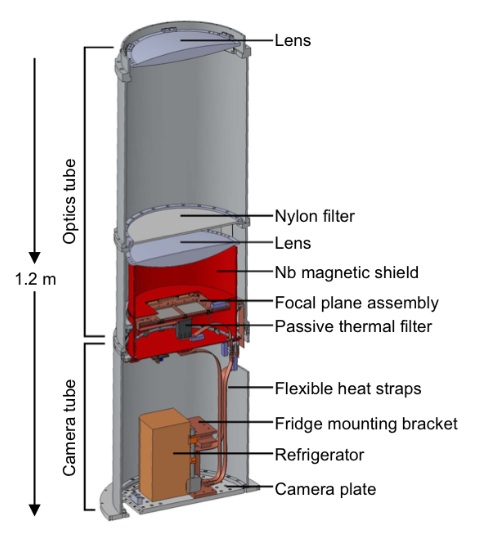
The telescope was designed to be as compact as possible while still having the angular resolution to observe degree-scale features (where the inflationary B-mode signature peaks).
On-axis, refractive optics allow the entire telescope to rotate around the optical axis for polarization modulation.
BICEP2 Collaborators

UCSD is part of the BICEP2 collaboration which includes Harvard, Caltech, Minnesota, and Stanford, as well as many other institutions across Europe and Canada.
Our Collaborator's BICEP2 websites can be found here:
- http://www.cfa.harvard.edu/CMB/bicep2/
- http://www.astro.caltech.edu/~lgg/bicep2/bicep2_front.htm
- http://kipac.stanford.edu/kipac/projects/bicep2
- http://science.jpl.nasa.gov/projects/BICEP2KeckArray/
Collaborators
BICEP2 Travelogue
Two of the most commonly asked questions are "how do you get to the South Pole?" and "what's it like?" (followed usually by "how cold is it?")
Graduate student Jonathan Kaufman kept a blog during several of his trips with answers to many of these questions:
http://sp2k9.blogspot.comIn addition, a traveling adventurer who worked as a cook for a season kept a fantastic blog documenting the South Pole, as well as BICEP2.
A tour of BICEP2 Refilling the liquid Helium tanks Travels in Antarctica